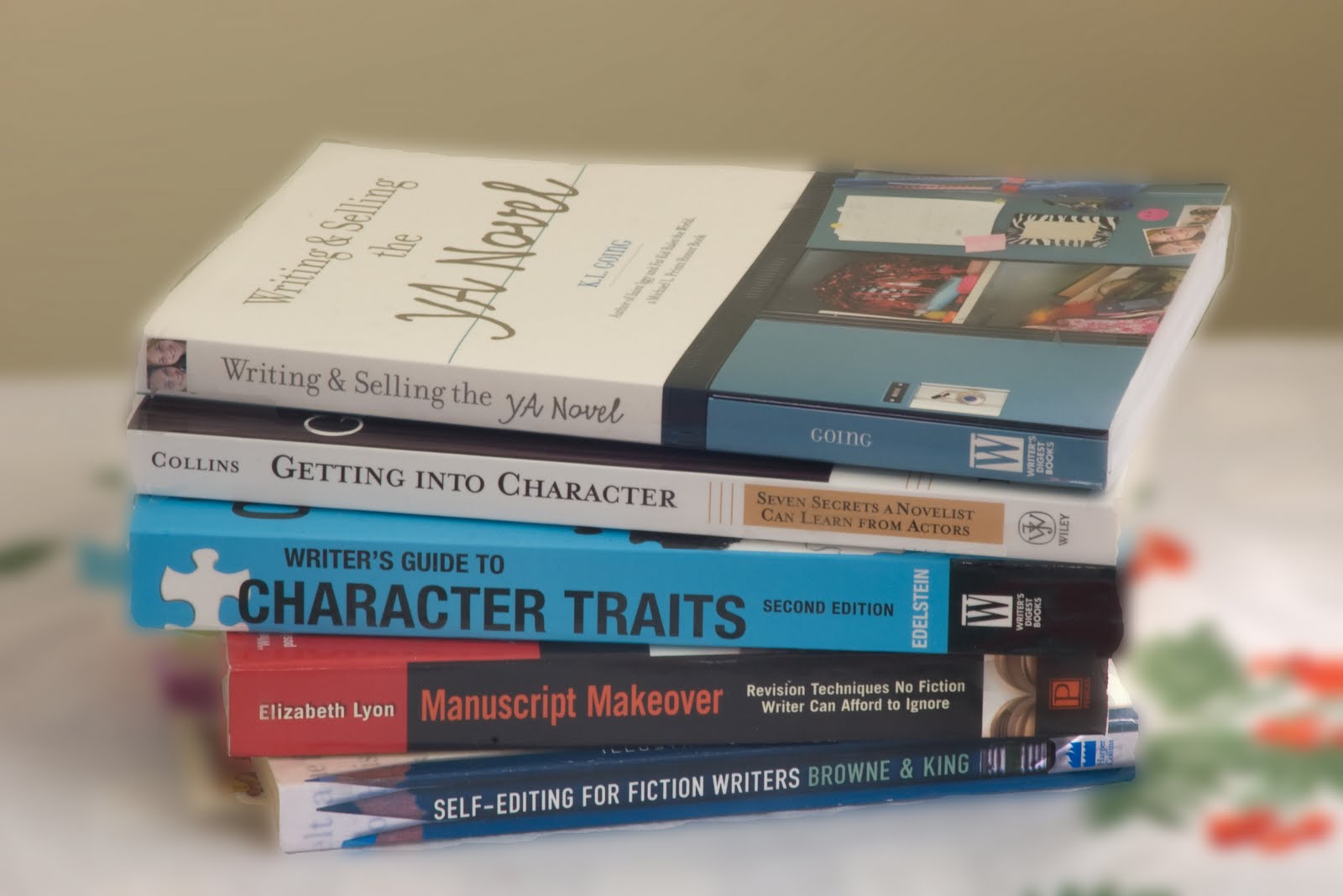
I’ve almost finished week #2 of my YA writer’s workshop, so I thought I’d share with you some of the stuff I’ve learned so far. I’ll admit most of what I’ve studied isn’t new to me. I’ve already read a zabillion books on writing. But sometimes it’s nice to get a little reminder or two of the important stuff to pay attention to.
For obvious reasons, I’m not going to print off the lecture notes. I will, though, share a few things I’ve noticed while critting my classmates’ assignments, plus include some important stuff covered in the course. Last week the focus was on POV. This week it’s dialogue.
1. What your character doesn’t say is as important as what they do say. This is known as subtext, and a whole chapter is dedicated to the topic in one of my favorite books on writing: Getting Into Character by Brandilyn Collins.
2. Make sure you know proper dialogue mechanics . . . unless you want an agent to reject your novel based on the first page. There’re a lot of books on writing dialogue, and they all cover this important topic. Please don’t fudge it. These are the rules you can’t ignore.
3. Please pay attention to your character’s point of view. One of the assignments I critted had the main character jump into another character’s head. Sorry you can’t do that--unless it’s a paranormal novel. Another writer was also confused by POV. She asked me, since the main character’s mom’s name is Bonnie Tyler (not the real name), if she can alternate between Bonnie and Mrs Tyler in the narration. The answer is no. Because the POV character’s a teen, she would refer to Mrs Tyler as either ‘her mom’ or ‘Alyson’s mom’ (the novel is in third person) in the narration. There are, of course, exceptions to this.
If you find yourself struggling with POV, check out The Power of Point of View: Make Your Story Come to Life by Alicia Rasley.
4. Skip on the clichéd characters. Slush piles are already loaded with tons of them. I critted one assignment in which the secondary character was the geeky team manager of the high school basketball team. And guess what? He was bullied by the jocks. Yawn. Not. Original. Fortunately, there are ways for writer to improve the characterization and strengthen the story.
In case you’re wondering, no I haven’t made any of these mistakes. Have I received tons of feedback to make my novel better? Uh . . . well . . . no. From my classmates’ perspective, I handed in another kick-ass assignment. My instructor’s comments made me realize the drawbacks to the course. She doesn’t know what happened in the preceding chapters, so what she perceives might be a problem, isn’t. There are things at stake in the scene. My main character does have a motive. And both the characters have opposing scene objectives (okay, the instructor didn’t bring up this point, but it's in my favorite book on writing).
Regardless of these drawbacks, I’m happy with the feedback in the workshop. And at least I know my teen dialogue is authentic. Believe me, that’s a huge deal. Plus I'm editing those excerpt of my novel like crazy, and focusing on my "issue." That in itself is worth it.
I hope that helps. Next week’s lesson is on writing YA emotions. And we know what a roller coaster ride that can be.